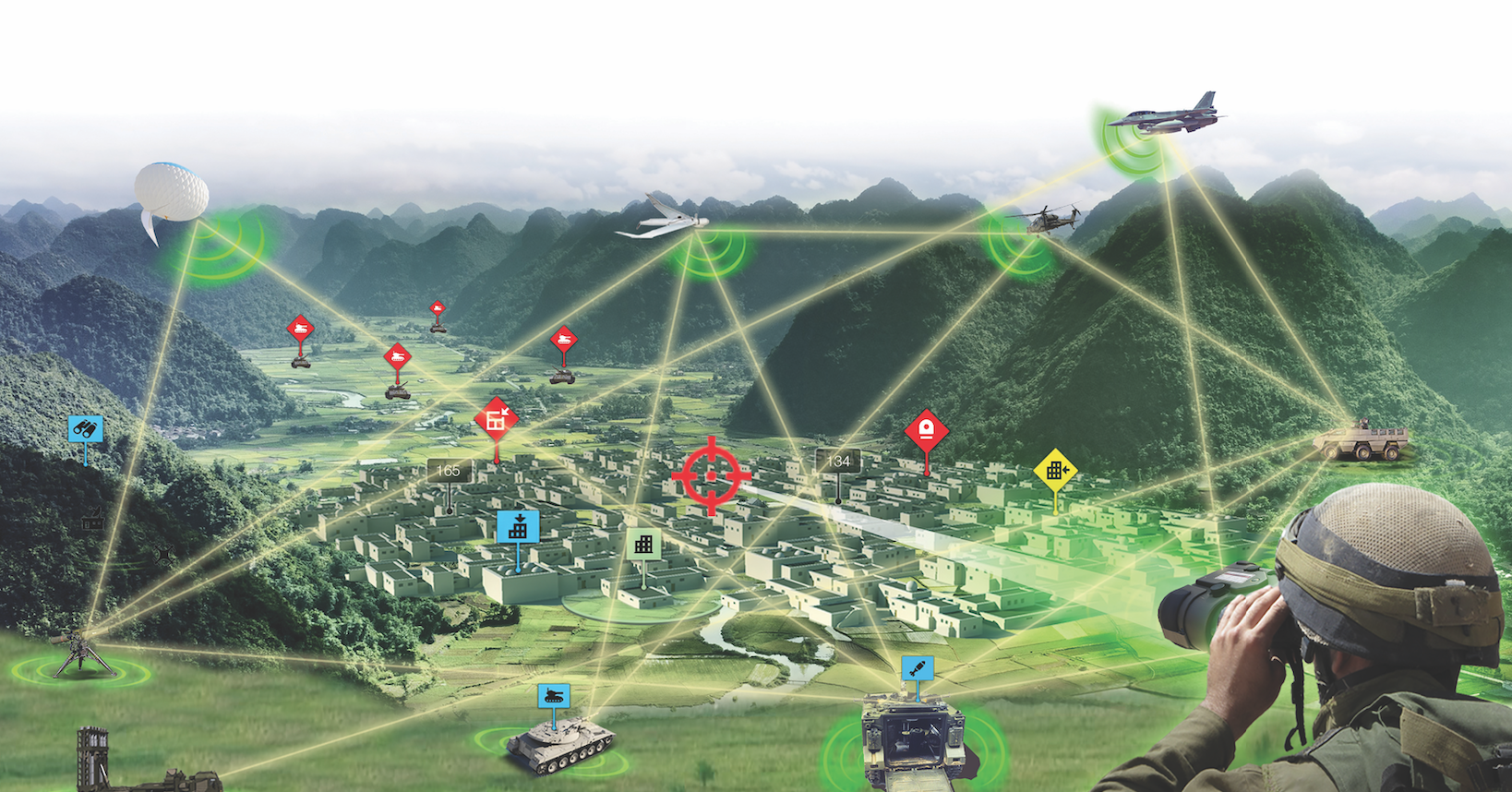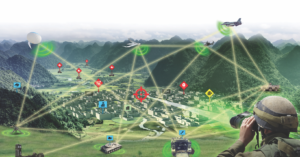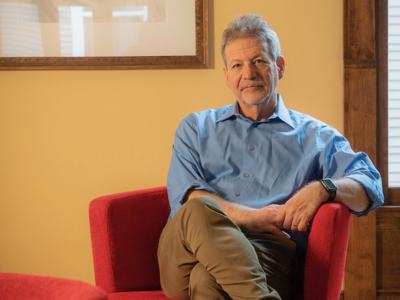The German military is currently studying cutting-edge digital battlefield technology produced by Israeli defense firm Rafael Advanced Defense Systems, as are several other NATO countries.
In December, a German company named Atos was selected by a German federal office, which reports to Germany’s Federal Ministry of Defense, to study the creation of a “glass battlefield to support dynamic operations.” Atos was tasked with demonstrating how drones could be used together with ground vehicles and soldiers to create a real-time, three-dimensional picture — “glass battlefield” — for managing combat operations.
To carry out its study, Atos joined forces with Rafael. The Israeli company is delivering two key components for the study.
Michal (full name withheld), deputy director for Marketing and Business Development at the Innovation Programs Center in Rafael, said that the first component is “Fire Weaver,” an advanced, augmented-reality system that connects all friendly forces to a single battlefield picture and makes sure that all of them are looking at the exact same targets. Augmented reality is a reference to technology that superimposes visual symbols over images of real-life surroundings.
The purpose of the study, she said, was to see what happens when multiple drones send in video feeds to forces on the ground and how this data can be used to improve combat effectiveness.
Atos is in charge of running the drone fleet, while Rafael’s Fire Weaver enables the revolutionary sharing of information. The target data appears aspixels on the sights and screens of all of the forces on the ground, creating a 3D picture that is common to all units.
The Israel Defense Forces has been working closely with Rafael to develop Fire Weaver.
“This is the most precise manner of displaying data,” said Michal. “It eliminates mistakes. The forces will all know what they are looking at.” That means that a terror squad hiding on the fourth floor of a building can be flagged to all of the forces logged in to Fire Weaver.
“They all see the same augmented-reality symbols [which are superimposed on the real picture],” she said. This, in turn, means that very little time passes between the detection of a threat, and the sending of its location data to any other force, which can then open fire accurately. In military jargon, this process is known as the sensor-to-shooter cycle; Fire Weaver represents a generational jump in the speed that this cycle can be closed. It effectively turns all of the forces in a given area into a single digital network, able to detect and instantly share targets with one another.
With every member of the same force looking at the same picture, Fire Weaver instantly distributes enemy location data, creating a unified network of sensors and shooters.
The second component offered by Rafael for the study is a radio system called BNET, which can be used by soldiers, vehicles or drones, connecting them all together.
A vehicle that has BNET installed onboard means that it can handle video feeds from multiple drones, with the system using an algorithm to manage this complex communications events.
“A single BNET system on a vehicle captures the video feeds from all of the drones in the air,” said Michal.
BNET is in service with the IDF.
The German study requires yearly trials lasting until 2023 with follow-up project planning lasting until 2025.
“This is a study that the client views as a first stage,” said Michal. “The contract allows the client to go for full-scale development and then to acquire such systems if it chooses to do so.”
Rafael’s export of such technology represents the transfer of Israeli battlefield know-how, based on years of combat in complex environments, to Western militaries.
The company has invested a great deal in developing computer vision and combat artificial intelligence, as well as in highly advanced radio-frequency technology.
Prior to such technology, Michal said, ground forces had to rely on very narrow bandwidths for radio transmissions, and could not send video to one another.
Being able to send such data is critical for any military that wants to make sure its ground forces can manage several drones as they move through a territory. The communications must be able to withstand hostile environments that bristle with enemy jamming attempts.
Michal described Fire Weaver as a “life-saving system.”
“Once you are precise, the window or home you are seeing is what you mean to see, and you won’t hit the one next to it,” she explained. “This reduces collateral damage and friendly fire incidents. In an urban environment, that is critical because without this precision, it is very hard to operate.”
Now, clients around the world, including many NATO member countries, are expressing keen interest in Rafael’s systems. This is part of a wider trend of digitizing the battlefield — a trend that is taking off in Europe particularly, where militaries are upgrading older systems. Holland, Spain and Australia are all examining these systems.
Even the United States, which enjoys modern digital equipment, has shown interest in Fire Weaver as a system that is well-suited to American battle doctrines. The U.S. military could end up purchasing the system.
“Today’s battlefields are undergoing far-reaching changes,” said Yoav Wermuth, vice president and head of Rafael’s C3I directorate, in a statement.
“Assimilation of these systems into the Bundeswehr [German military] will lead to a number of significant changes: It will provide a common visual language between different types of units not only from the Bundeswehr, but also from allied forces, which share the same threats and missions, connecting multiple sensors and shooters on one single ‘flat’ network.”











Comments